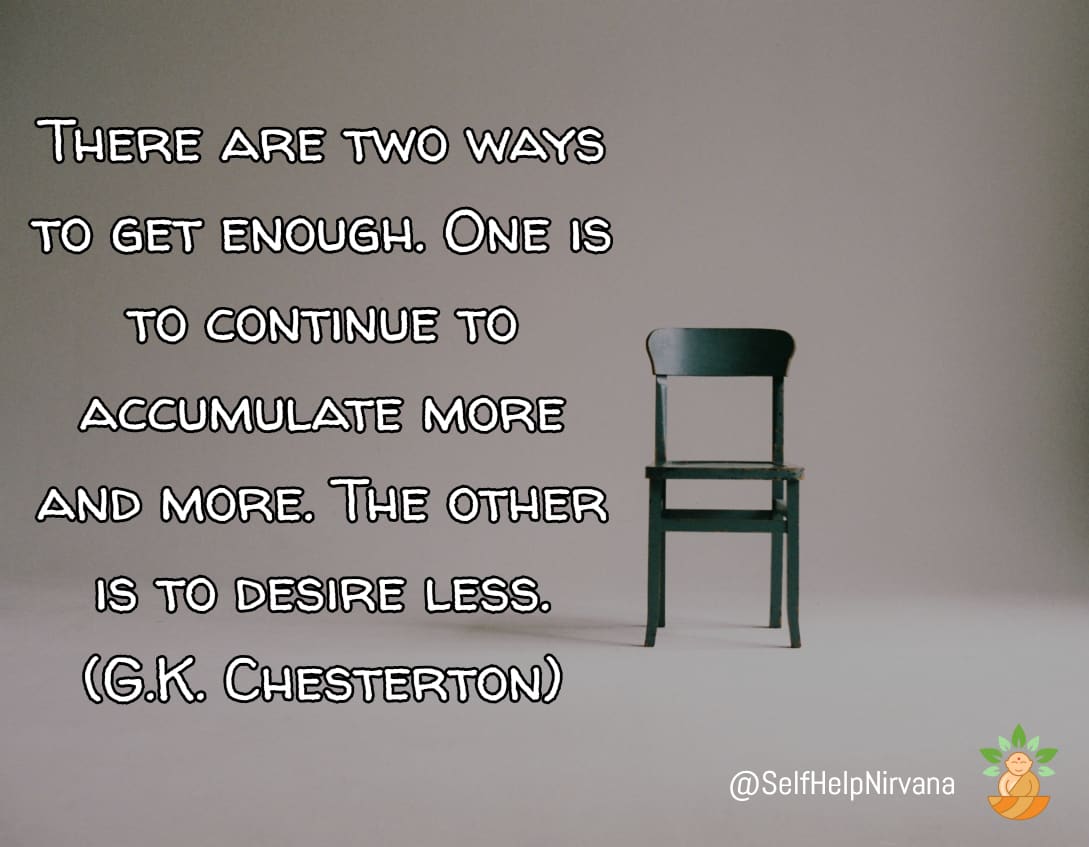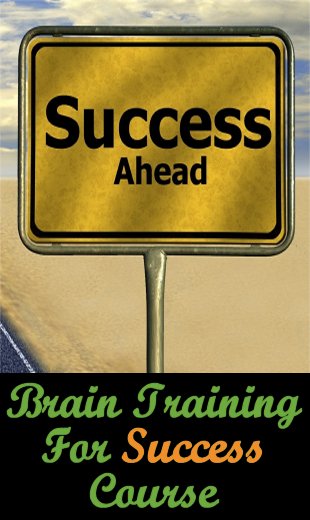Can You Manage The No-Purchase Challenge?
Can you imagine what it would be like to buy nothing for an entire year?
Your first reaction is likely to be something like, “No way!”
And yet more and more people are trying it, or some variation of it.
This article looks at what it is, its benefits, and how you can go about trying it yourself.
What Is A No-Buy Year?
As the name suggests, the goal is to go for a year without buying anything. (Actually, it’s not really nothing, but I’ll come to that later.)
And in some ways, it’s one aspect of minimalism, although it’s more specific than that.
So Why Go A Year Without Purchasing Stuff?
There are a few benefits to doing this, including:
- Money. Obviously, the less you buy, the less money you spend. And this applies not only to the cost of what you buy, but potentially the fuel you use to drive to the stores, parking fees, etc.
- Card Debt. Following on from the previous benefit, this can be a great way to get any credit card debt under control.
- Gratification. And not using your credit card to buy things right now, for that all-too-common feeling of instant gratification, will allow you to appreciate what you do finally buy much more. I was brought up to save up for what I wanted rather than buy it now (either on credit or using money borrowed from others) for that very reason.
- Time. You will probably find that if you don’t buy as much, you’ll have more time to do other things (e.g. household projects, learning something new) – because whether you shop online or in actual stores, it takes longer than you might imagine.
- Mindfulness. By this, I mean you will likely appreciate whatever you already have more.
- Waste. By using what you already have, you’ll probably end up throwing less stuff away (e.g. spoiled food).
- Skills. If you decide to try fixing things around the house yourself rather than call in a professional, you may have to learn skills that you never thought about before.
- Self-Discipline. By not succumbing to the temptation to buy stuff “just because” (e.g. advertising, peer pressure, boredom), you’ll feel more in control of your life.
- Awareness. On the advertising front, you’ll become more aware of just how many ads you are exposed to, and the more you look at them objectively (i.e. with no intent to buy), the more you’ll learn about all of the sneaky tactics they use (e.g. FOMO – the fear of missing out). Remember, advertising has been a studied science for around a century (e.g. Scientific Advertising, which dates back to 1923), and the experts are very good at what they do.
- Simplicity. Buying less stuff is one way to lead a simpler lifestyle. If I’m being completely honest, I used to have what would probably be called a minor shopping addiction – I would walk around stores, often bookshops or gadget stores – looking for something to buy, not because I needed anything but because I wanted to buy something. Since moving to the USA in 2005, I have no longer felt like that at all – partly because I don’t go out at all, but even on line, where buying things is so easy, I just don’t have that compulsion to buy things unless I actually need them.
- Stress. Not constantly searching for new things to buy, whether you need them or not, maybe because it’s the “fashion” or all your friends are buying something, removes a lot of unnecessary stress and anxiety from your life.
How To Go No-Buy
Firstly, I would recommend defining why you want to do your no-buy challenge. It’s likely the benefits will include some or all of those listed above, but I would still suggest writing this down (e.g. in a journal), so you can remind yourself why you’re doing what you’re doing – because this challenge may be difficult at first, and going back to your “why” will help keep you on track.
The next thing you should do is set up your own ground rules, because there is no objectively right or wrong way to do this.
Obviously, “no buy” does not mean purchasing absolutely nothing – you need to eat, for example.
So Step 1 is to define what you are allowed to buy – and when. Here are a few things you should consider:
- Food. Since you need to eat, this is clearly allowed. However, this would be a good time to decide to use up food you already have in stock, and to be more mindful of fresh food (e.g. fruit and veg) that will go bad if you don’t eat it promptly.
- Consumables. This category includes things such as toilet paper, toothpaste, soap, washing powder, etc. But again, have a look around and make sure your bathroom, say, is not full of half-empty containers.
- Clothes. While one of the most common things people refrain from buying during this challenge is clothes, it is possible you may need to purchase specific items for work purposes.
- Medicines. Anything you need to maintain or improve your health should be permitted. However, in terms of supplements, for example, try to see if you can get the minerals and vitamins you need from your food, as that is generally more beneficial anyway.
- Presents. Occasionally, you may have no choice about buying somebody a gift (e.g. for their birthday). However, in the interest of not cluttering up somebody else’s house, why not consider spending the money on an experience (e.g. a meal out, ticket to the theatre) rather than a physical item (and if you do buy something, you can go for a consumable present)?
- Rewards. You may want to allow yourself a “treat” every so often, if and only if you stick to your no-buying rules. However, this is not an excuse to splurge – it should be a single item (or experience) that is not too extravagant.
Next, there are things you can do to replace spending money, such as:
- Repairs. As mentioned above, you can try to fix or repair things that break around the house before either buying a replacement or calling in a professional to fix it for you. While this may require you to learn new skills (or buy spare parts instead of an entire new appliance), remember that you still need to think “safety first”.
- Books. This would be tough for me, but rather than buy new books, make sure you’ve read all of the ones you already have.
- Videos / Music. In a similar vein, don’t buy new movies or CDs – watch and listen to what you have previously bought. You might even want to get into the habit of watching movies more than once – something I do all the time, but I know it’s difficult for some people.
- Alternatives. Rather than buy something such as exercise equipment, look to see if there are way to achieve your goal (e.g. becoming fitter) without having to buy anything.
- Trial Buys. If you do need to buy something, then rather than go for the most expensive model initially, start by buying a cheaper version and see how much you actually use it. If, and only if, you use that item as much as you first thought, then you can consider going for a better model (and maybe selling the cheaper one to get back some of the money – or giving it to somebody).
- Online. Instead of buying something (e.g. a book or video), see if you can find it online for free (or, at least, less money). For example, if you’re going to try to do some household jobs yourself, as suggested above, then don’t go and buy video training courses, because you’ll probably find the information you need on YouTube.
Conclusion
If this no-buy challenge seems tough, remember your success will depend on the strength of your “why”,
For some people, the “why” might be out of their control (e.g. redundancy, where there is no choice but to be frugal and save money), but for others, maybe your “why” is because you want to save up for something (e.g. a new home, a child, a vacation, a new or second car). Or maybe you just want to live a simpler life.
And if an entire year seems too difficult, the duration is not set in stone – it can be whatever you want it to be.

Additional Resources
These are suggestions for those who wish to delve deeper into any of the above:







